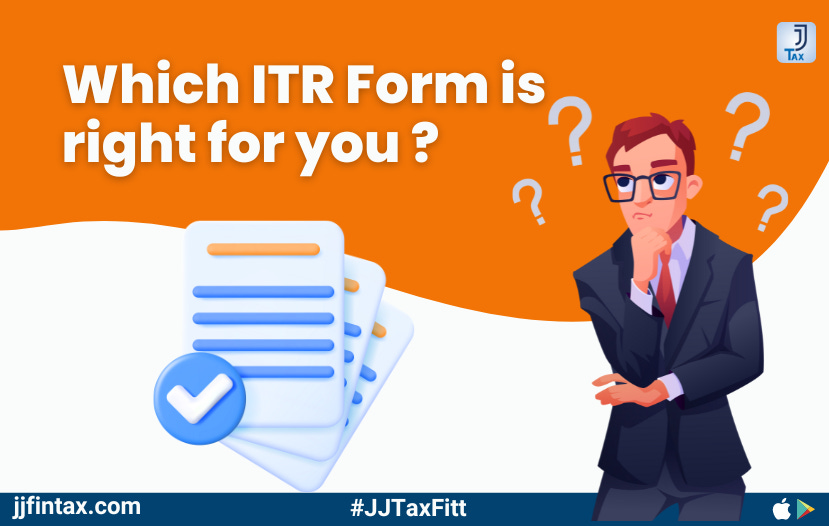ITR Filing Made Easy 😇

As we embark on a journey into the world of ITR and forms—a journey filled with twists and turns, challenges and triumphs. Together, we'll unravel the threads of tax compliance, demystifying the complexities and empowering you to navigate the maze with confidence and clarity.

The ITR is more than just a formality; it is a mechanism of transparency and accountability in the realm of taxation. By accurately reporting your income and deductions through the ITR, taxpayers not only fulfill their legal obligations but also contribute to the integrity of the tax system.
It serves as a means of self-assessment, empowering taxpayers to take control of their tax affairs and avoid any potential pitfalls or penalties.
Types of ITR Forms

There are several types of ITR forms available, each tailored to specific taxpayer profiles and income sources. Understanding which form applies to you is essential for accurate and efficient tax filing:
ITR 1 (Sahaj): Designed for individuals residing in India with a total income of up to Rs 50 lakh, including income from salary, house property, and other sources.
ITR 2: Suitable for individuals and Hindu Undivided Families (HUFs) with income from multiple sources excluding business or profession.
ITR 3: Intended for individuals with income from business or profession, including salaried individuals engaged in intraday stock trading or futures and options trading.
ITR 4: (Sugam): Geared towards individuals, HUFs, and partnership firms subject to presumptive taxation under sections 44AD and 44ADA.
ITR 5, 6, and 7: Reserved for LLPs, AOPs, BOIs, companies, and trusts, each catering to specific organizational structures and income sources.
Essential Forms for Filing ITR
Alongside ITR forms, certain documents play a crucial role in the tax filing process:
Form 16: Issued by employers to employees, providing details of salary, exemptions, deductions, and tax deducted at source (TDS).
Form 26AS: Provides a comprehensive view of TDS on various incomes, self-assessment tax, advance tax, and listed financial transactions.
Form 15G and Form 15H: Used to declare that the taxpayer's income is below taxable limits, thus exempting them from TDS deductions.
In conclusion, understanding the intricacies of ITR forms and associated documents is essential for seamless tax compliance. By familiarizing yourself with the types of forms and their requirements, you can ensure accurate reporting of income and deductions, minimizing tax liabilities and maximizing returns.
Stay tuned for more insights and tips from JJ Tax to navigate the complexities of tax filing with confidence and clarity.

